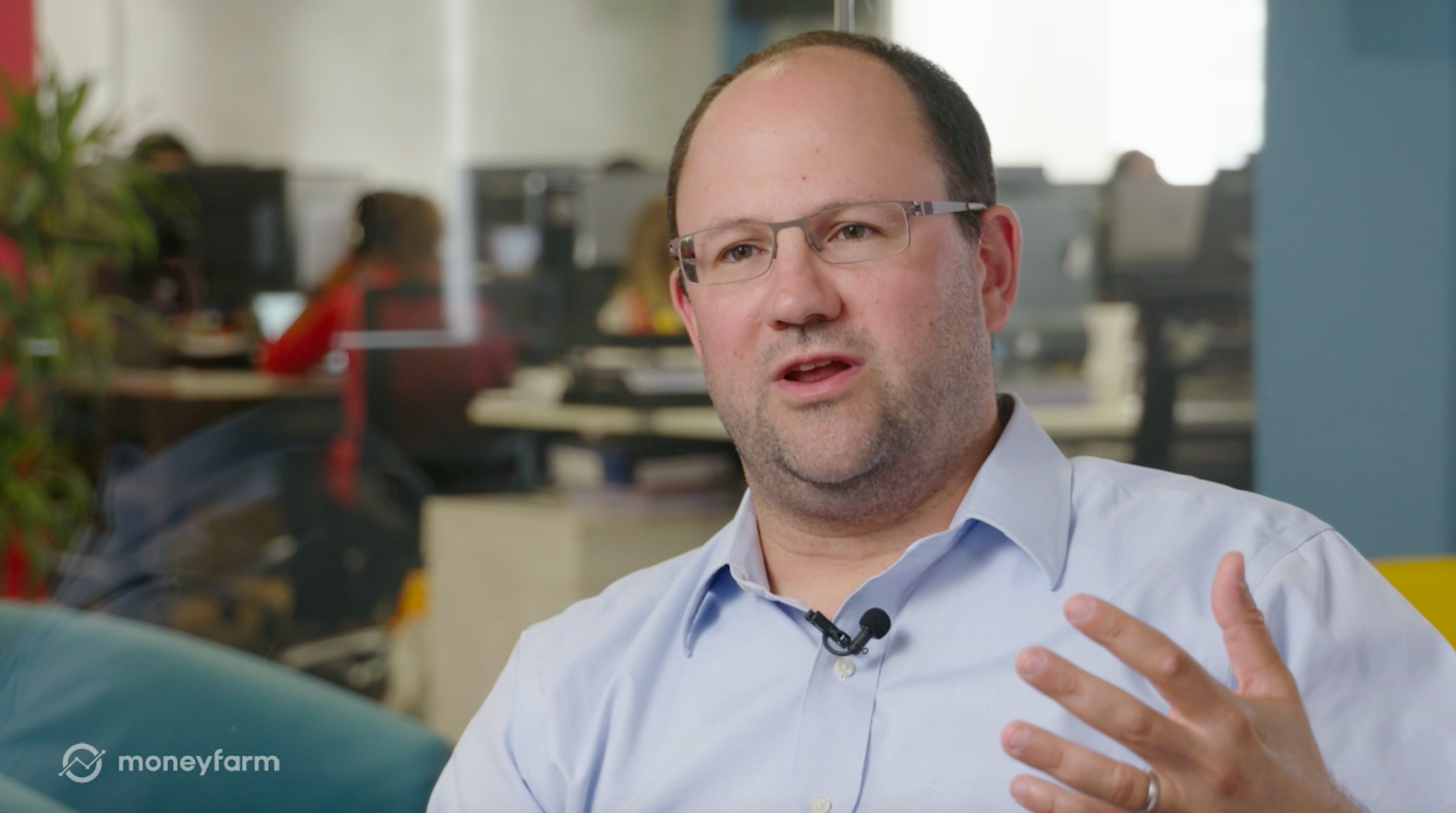Richard Flax, Chief Investment Officer Moneyfarm
September marks ten years since the collapse of Lehman Brothers. The events that followed were some of the worst seen on financial markets for a generation, as crisis tensions spilled over into global economies.
Not everyone can agree on how much has really changed since the financial crisis, although, in my opinion, it’s difficult to argue that regulation and monetary policy has been untouched.
Today, there is a much greater focus from regulators and institutions about how to protect the customer and their assets – a focus that perhaps was diverted in the years preceding 2008.
The spotlight is also shining brighter on Central Bank policy after the extraordinary measures of quantitative easing and rock-bottom interest rates were introduced to manage and contain the mayhem seen on financial markets.
The debate has now moved onto how or when Central Banks are removing some of this stimulus after nearly a decade of cheap money. Debt levels have surged under Central Bank policies designed to encourage sending, so the impact of higher interest rates is a concern for many.
One lesson I learnt from the financial crisis
As an investor during the crisis, we come back time and again to the dangers of high debt levels. I’m not sure this was the single great lesson of the crisis, because you could have learnt this a number of times in the past, but we started to think much more about where you see risk on the balance sheet.
After all, you can deal with volatility on the income statement, but real pain on the balance sheet – lots of short-term debt coming due and working capital mismatches, for example – can become much more significant in times of strain.
For example, this could have been where corporations or individuals had borrowed against the value of their stock, and when their stock fell they had to make margin calls and they had to sell more stock and you saw this volatility come through in ways that weren’t initially obvious.
So when you think about lessons learnt, one of the things to consider is where the hidden sources of risk, where are there imbalances of tensions that may not be immediately obvious and what are the implications?
That’s a chunk of what the regulator has tried to address over the last decade to try and minimise those types of situations, but they are almost certainly out there, you just need to find where they are and try and analyse them and assess the significance.
Moral hazard
One of the most interesting things to come out of the financial crisis is the issue of moral hazard. Pre-2008, it was largely thought that bailing out a large financial institution would encourage excessive risk taking by others in the financial markets. This would lead to market participants feeling like they could act exactly how they want.
In the wake of the crisis and the bankruptcy of Lehman Brothers, you can look back and say that it actually may not have been worth the price we paid.
Today, financial institutions are under a higher level of scrutiny than ever before in terms of their leverage ratios, how they use their balance sheet, how they treat their customer, and how they protect their client assets.
The hope that is the future you will be able to have a financial institution go bankrupt without the consequences cascading through the real economy as we saw in the wake of the financial crisis.
Living in the good outcome
It’s worth bearing in mind that we’re living in one of the good outcomes from the crisis. We talk about how the benefits may have been unevenly distributed and we can easily identify the pressure points in the global economy today.
But 10 years ago the range of outcomes we faced were broad and bleak. There was a real possibility the financial crisis could become something much more profound. There was the possibility that we wouldn’t just be analysing stock prices, but payment systems, cash running out of ATMs, whether supply chains would continue to function.
Policy makers stepped in to prevent this worst scenario. Perhaps with hindsight we can say they always would have, but hindsight is a wonderful thing and there were definitely a few days when that wasn’t quite so clear.
Are financial markets safer for markets today?
Are financial markets are safer for investors today? I think we need to draw a distinction between financial markets and the asset prices.
Asset prices will still move up and down, your capital is very clearly still at risk. Some companies will do well, some will do badly. Fundamentally, it’s important to remember that it’s this risk that provides us with the opportunities to grow our money over the long-term.
But within financial markets themselves, hopefully what we see is the strengthening of those markets, a greater regulatory focus, a greater understanding from institutions and the participants about the need to manage themselves carefully and protect their client assets.





